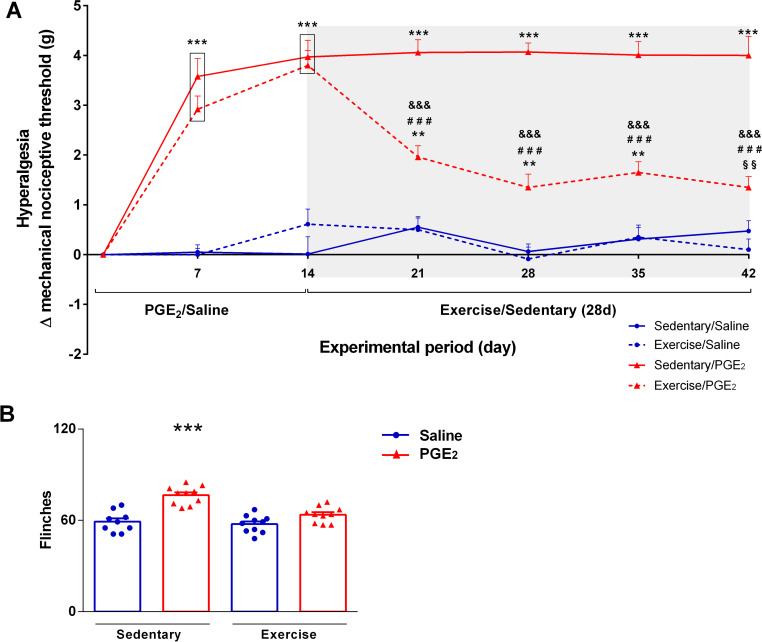Fig 2. Effect of exercise on persistent hyperalgesia.
(A) Effect of exercise on Δ mechanical nociceptive threshold. Mice from exercise/PGE2 group showed significant reduction on hyperalgesia, while mice from sedentary/PGE2 group remained with persistent hyperalgesia. Data are showed as mean ± SEM (N = 8–10 per group) (***p≤0.001, different from both sedentary/saline and exercise/saline groups; ###p≤0.001, different from sedentary/PGE2 group; **p≤0.01, different from both sedentary/saline and exercise/saline groups; §§p≤0.01, different from exercise/saline group; &&&p ≤ 0.001, different from the timepoint 14d of the same group). Two-way ANOVA followed by Sidak posttest. The shaded area on the chart represents the period of the exercise. (B) Effect of exercise on nociceptive response to chemical stimuli. Sedentary mice injected with PGE2 (persistent hyperalgesia) showed more flinches (i.e. higher chemical hyperalgesia) compared to all the other groups. Exercised mice previously injected with PGE2 showed similar response compared to both saline groups. Data are showed as mean ± SEM (N = 9–10 per group; ***p≤0.001, different from all groups). One-way ANOVA followed by Bonferroni posttest.

